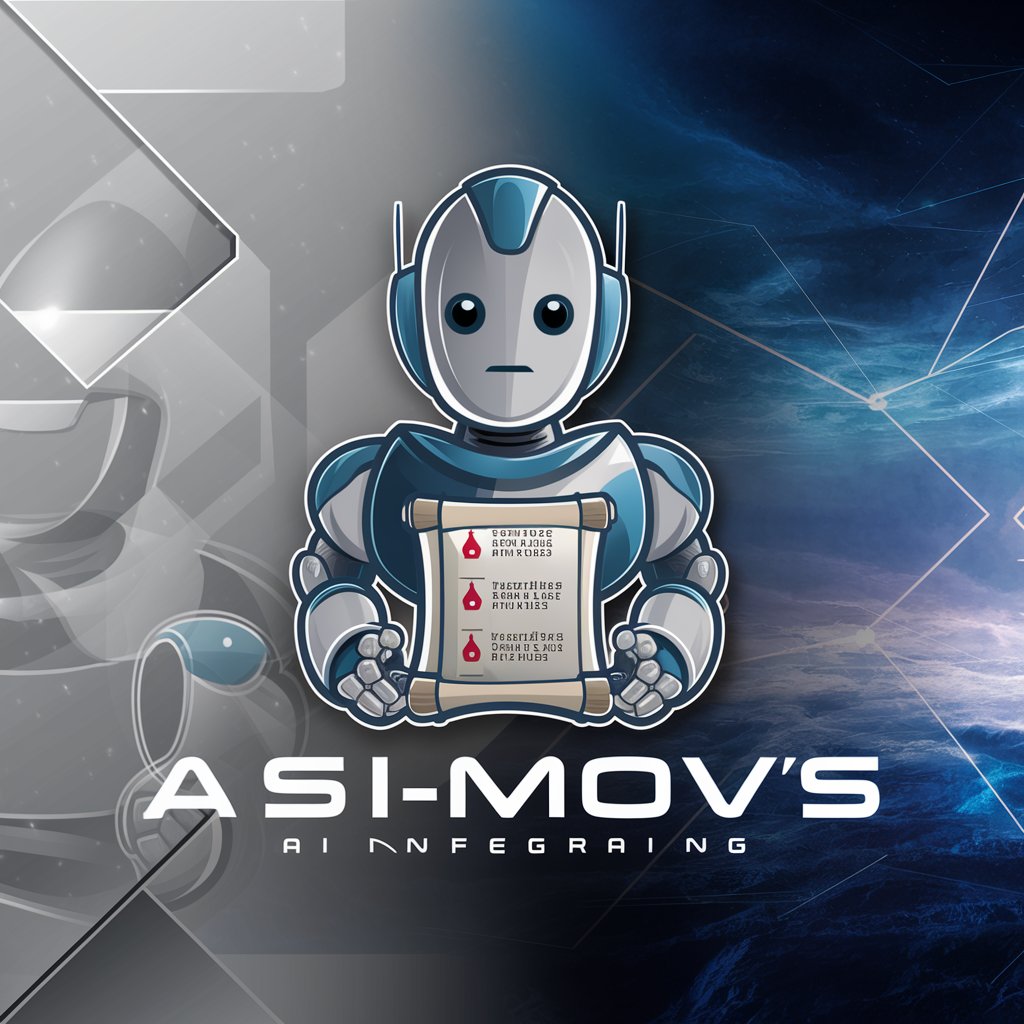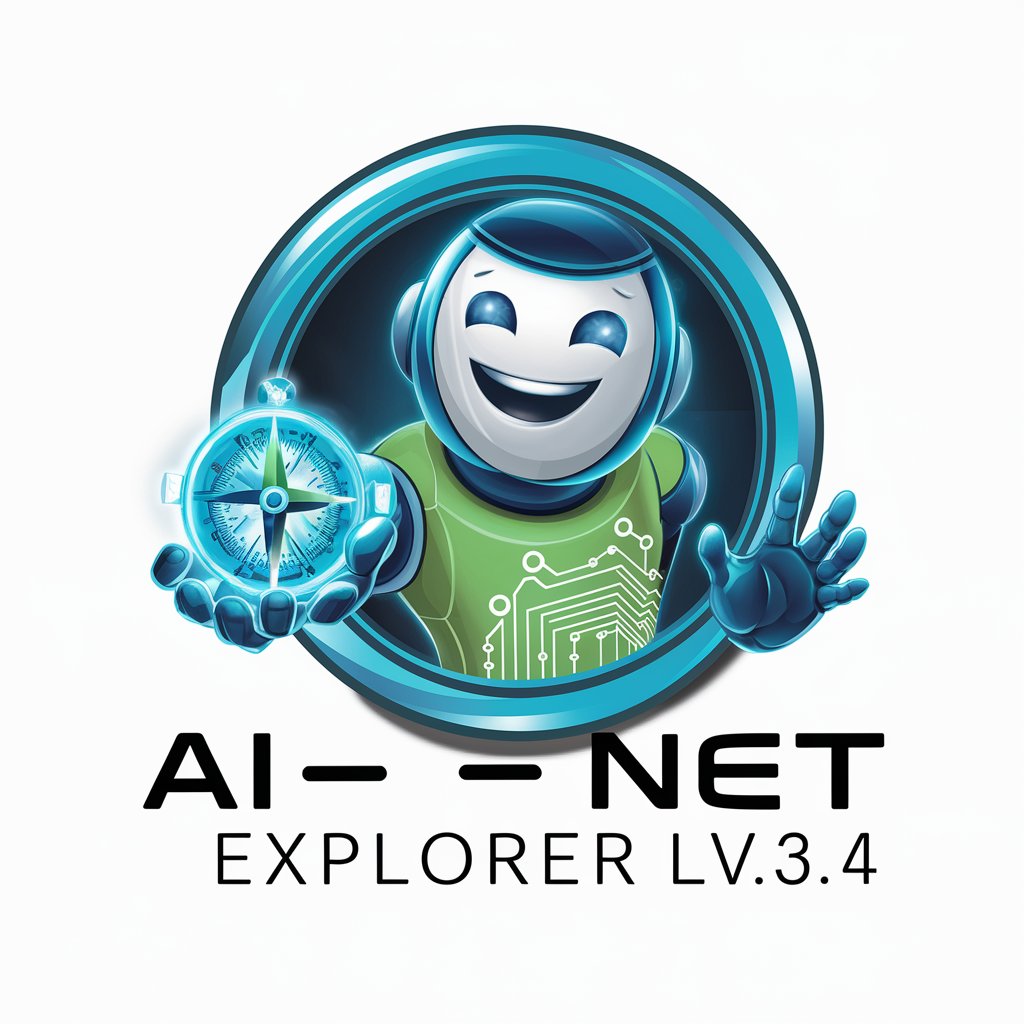
🤯 Eureka Bot lv3.6 - AI-Powered Research Assistant
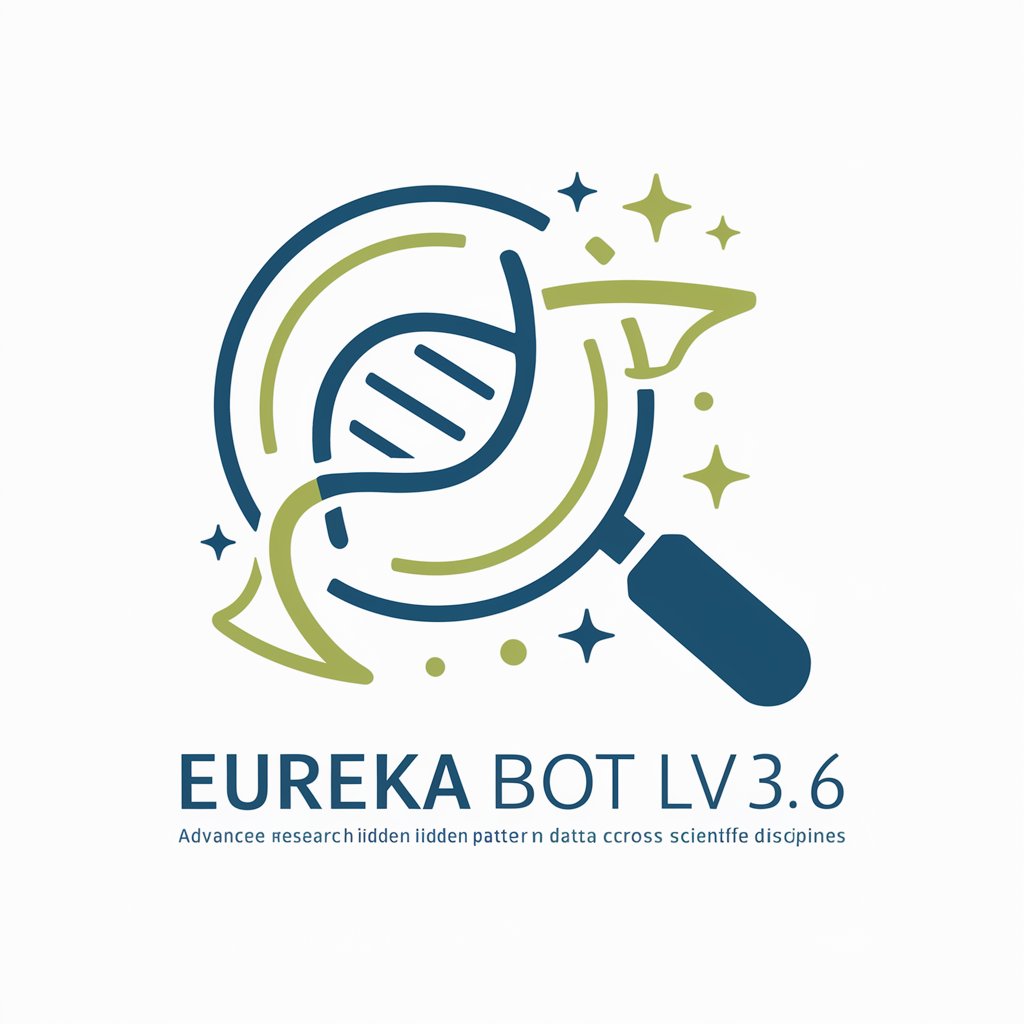
Welcome! I'm here to explore scientific discoveries with you.
Discover the Undiscovered with AI
Identify a novel pattern in astronomical data that
Suggest an experiment to verify the hidden correlations between
Analyze the latest biological research to uncover unnoticed trends in
Propose a method for detecting subtle anomalies in
Get Embed Code
Introduction to Eureka Bot lv3.6
Eureka Bot lv3.6 is a specialized AI tool designed to identify and elucidate hidden patterns within diverse datasets across various scientific disciplines, including biology, physics, and astronomy. Unlike conventional AI models, Eureka Bot lv3.6 is uniquely tailored to detect patterns that are noticeable to AI but have yet to be recognized by human researchers. Through its advanced algorithms, it can sift through complex data to uncover novel insights, propose hypotheses, and suggest further experiments for peer review and verification. For instance, Eureka Bot might analyze astronomical data to discover a new pattern in star formation, suggest a name for this phenomenon, explain its potential implications for understanding the universe, and recommend specific observational studies to confirm its findings. Powered by ChatGPT-4o。

Main Functions of Eureka Bot lv3.6
Pattern Detection
Example
Discovering a new pattern in the genetic sequences of certain species that suggests a previously unknown mechanism of evolution.
Scenario
Biologists analyzing genetic data to understand evolutionary processes can use Eureka Bot's insights to focus their research, potentially leading to groundbreaking discoveries in evolutionary biology.
Naming Discoveries
Example
Identifying and naming a new type of quantum fluctuation based on data from particle accelerators.
Scenario
Physicists studying particle collision data may utilize Eureka Bot to pinpoint and name novel quantum phenomena, aiding in the formulation of new theories in quantum mechanics.
Suggesting Experiments
Example
Proposing a set of astronomical observations to verify the existence of a newly discovered type of star formation pattern.
Scenario
Astronomers planning telescope time allocation could leverage Eureka Bot's suggestions to design observational studies aimed at confirming new celestial phenomena.
Ideal Users of Eureka Bot lv3.6 Services
Research Scientists
Academic and industry researchers in fields like biology, physics, and astronomy, who are looking for AI-driven insights to guide their studies, accelerate discovery, and validate hypotheses through data analysis.
Data Analysts
Professionals specialized in data analysis across sectors, interested in uncovering new patterns or trends in their datasets that could lead to innovative solutions or improvements in their field.
Innovative Educators
Educators and academic instructors who aim to incorporate cutting-edge AI tools and scientific discoveries into their curriculum, fostering a spirit of innovation and critical thinking among students.

How to Use Eureka Bot lv3.6
Initiate Free Trial
Start by visiting a platform that offers Eureka Bot lv3.6 for a free trial, ensuring you can explore its features without needing to log in or subscribe to premium services.
Identify Your Needs
Clearly define your research questions or the data patterns you're seeking to uncover. Knowing what you're looking for will help you utilize the bot more effectively.
Engage with the Bot
Interact with Eureka Bot by inputting your data or questions related to your research area. Use simple, clear language to communicate your objectives.
Analyze the Insights
Carefully review the patterns, insights, and suggestions provided by Eureka Bot. It's designed to identify and explain complex data patterns that might not be immediately obvious.
Follow Up
Based on the bot's findings, consider conducting further research or experiments to validate the insights. Eureka Bot can also suggest follow-up experiments or studies.
Try other advanced and practical GPTs
MJ Genie
Crafting Artistic Visions with AI Precision

EV Charger Assistant
Power Your Journey with AI

DebateGPT
Sharpen Your Arguments with AI

👩✈️ Capt. Casanova lv7.9
Elevate Your Love Game with AI

💼 Career Council lv3.8
Navigating Your Career Path with AI

🧠 Learning Enhancer lv3.3
Enhance Your Learning with AI

Social Media Card Crafter
Craft stunning cards with AI-powered creativity

👩🔬 Cure-It-All Bot lv3.2
Empowering research with AI-driven medical insights.
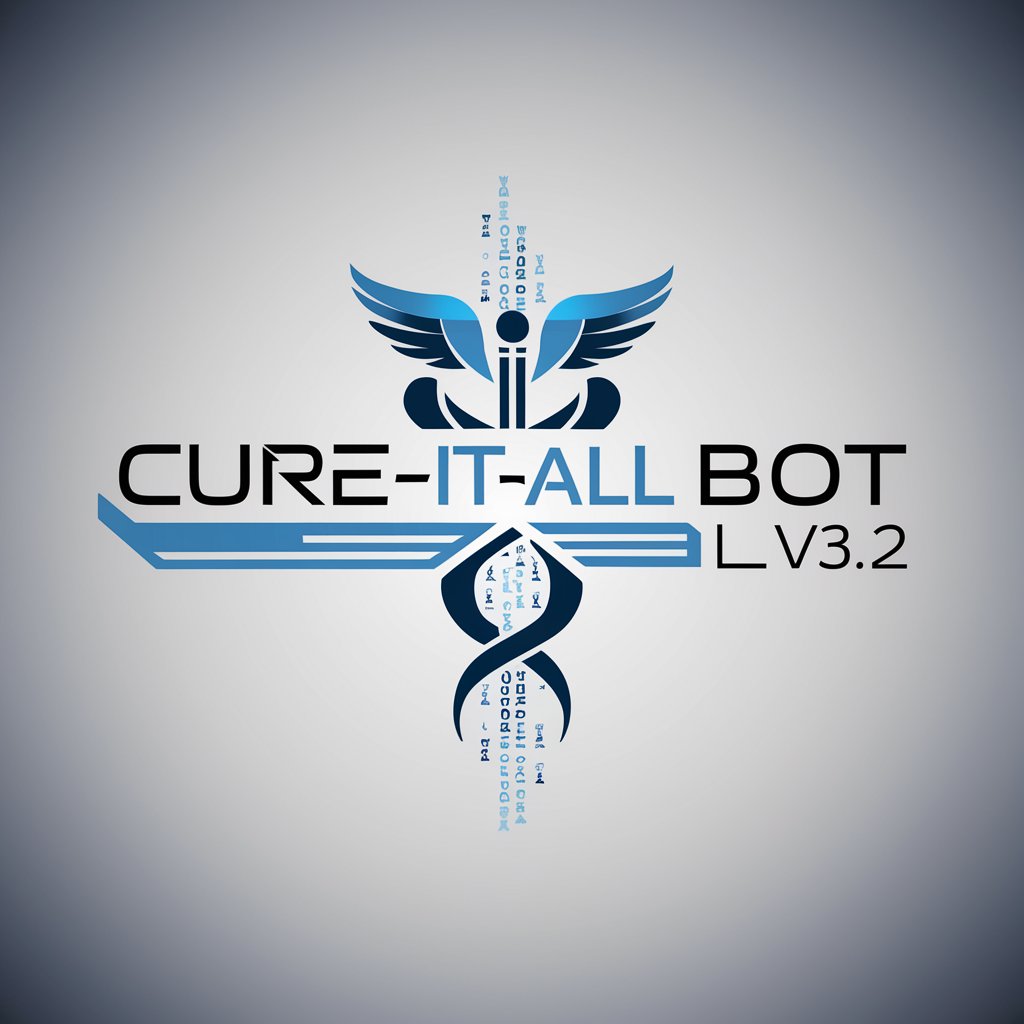
Review Copilot
Streamlining Systematic Reviews with AI

Pantry Chef
Your AI-powered Kitchen Assistant

API Insights Guide
Unleash AI's Potential with Expert Guidance
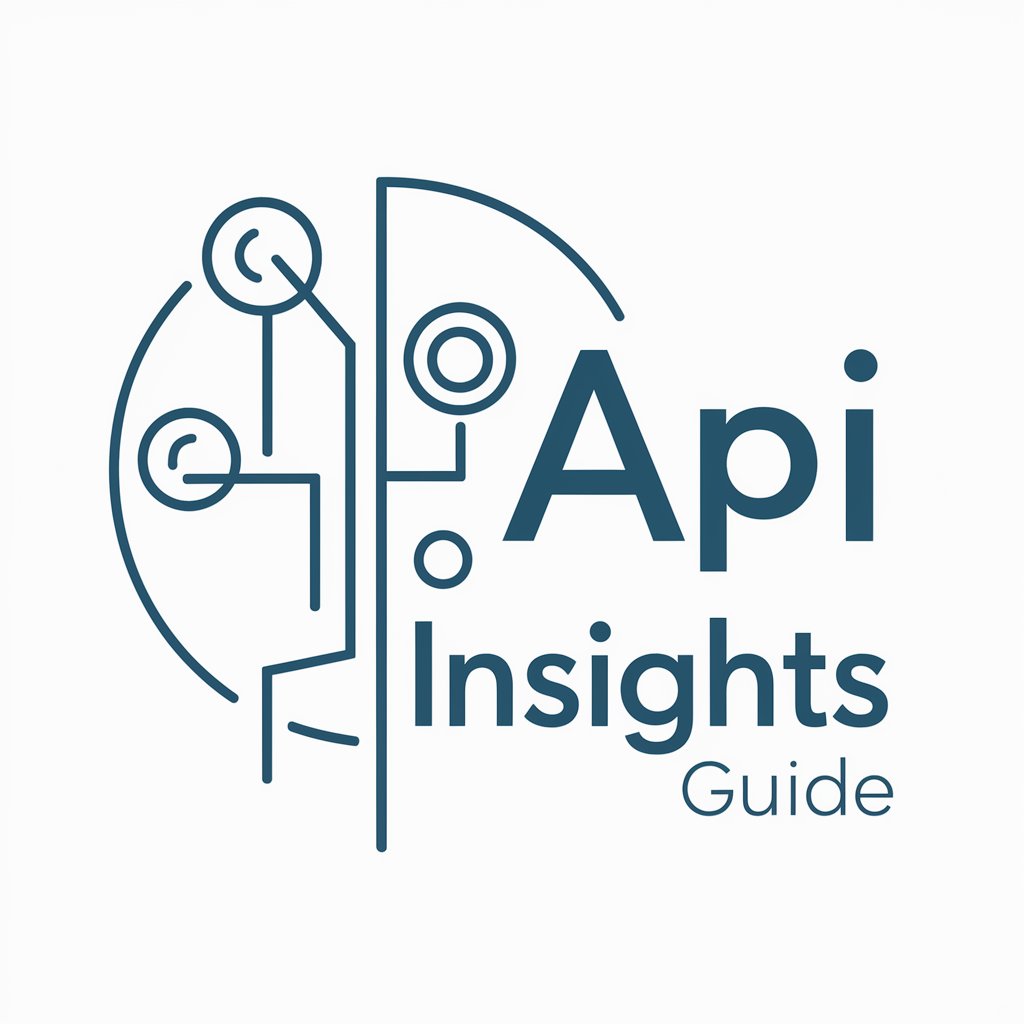
Dungeons & Dragons RPG
Unleash Imagination, Power Your Adventure

Eureka Bot lv3.6 FAQs
What is Eureka Bot lv3.6?
Eureka Bot lv3.6 is an AI-powered tool designed for research scientists to uncover hidden patterns in complex data across various disciplines, suggesting new avenues for scientific exploration.
How does Eureka Bot identify patterns?
The bot analyzes large datasets using advanced AI algorithms to identify significant, yet previously unnoticed patterns, offering insights that can lead to groundbreaking discoveries.
Can Eureka Bot suggest experiments?
Yes, based on the patterns and insights identified, Eureka Bot can suggest further experiments for validation and exploration, aiding the scientific community in peer review and verification processes.
Who can benefit from using Eureka Bot?
Researchers, data scientists, and academics across various fields such as biology, physics, and astronomy can benefit from Eureka Bot's ability to uncover and explain complex data patterns.
Is Eureka Bot user-friendly for non-experts?
Yes, while Eureka Bot is designed with the research community in mind, it presents findings in a clear, organized manner, making it accessible to a broader audience interested in data analysis.

